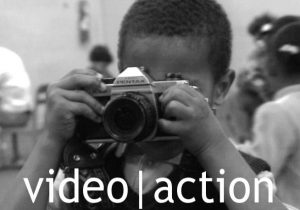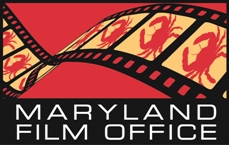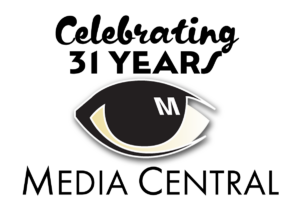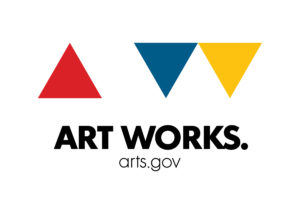Tom Wolfe
By Jody Hassett Sanchez
For months, I’ve been flummoxed by how to structure a documentary about a journalist and novelist whose pages summons richer visuals than most films, whose dialogues, internal and external, eclipse the best efforts of many a screenwriter and whose literary characters became instant archetypes more memorable than the actors cast to play them on the big screen.
Reviewing my yellowed Tom Wolfe clippings that date back decades, I recognize I must shake off my fan girl intimidation – traceable to an early, awed reading of The Kandy Kolored Tangerine-Flake Streamline Baby, Wolfe’s collection of his newspaper and magazine pieces first published in 1965. Like others noting his influence today, these loose-jointed but tightly observed essays nudged me towards a career first in journalism and now in documentary filmmaking.
In those clippings, I rediscovered the themes and obsessions that would appear again and again in Wolfe’s journalism and novels. While much of America was first introduced to Wolfe’s interest in class, culture and intellectual pretensions in his novel Bonfires of the Vanities, he was taking on these mores much earlier. In a 1981 interview about The Painted Word, Wolfe insisted the non-fiction book was not an attack on the art world. “I don’t believe there’s a single aesthetic judgment passed. If anyone is implicitly attacked … it’s the painters, not the critics. It’s the artists who were very willing to give up personal vision to illustrate theorems. The book is a history of the rise of theory. People in the art world tend to very much resist the type of social analysis they quickly make elsewhere.”
Moments after the news about Wolfe’s death broke, The New York Times’ architecture critic Michael Kimmelman tweeted that his writing “weaponized some silly ideas about art and architecture.”
But the dapper author wasn’t afraid to be silly, especially when taking on social pretensions, progressive theories or US intellectuals. His prescience about so many topics we’re still writing and making films about today is as mind blowing as the communal LSD adventures he detailed in The Electric Kool Aid Acid Trip.
From a 1989 interview on Manhattan:
“If you are going to write a novel about New York, you cannot play falsely with the issue of ethnic and racial hostility. You can’t invent implausible morality talks and make it all go away in some fictitious fashion.”
From a 1997 essay on neuroscience:
“We begin to sense the chill that emanates from the hottest field in the academic world. The unspoken and largely unconscious premise of the wrangling over neuroscience’s strategic high ground is: We now live in an age in which science is a court from which there is no appeal. And the issue this time around, at the end of the twentieth century, is not the evolution of the species, which can seem a remote business, but the nature of our own precious inner selves.”
From a 1999 essay on the ‘90’s:
“The reigning doctrine was deconstruction, a hyper dilation of a pronouncement of Nietzsche’s’ to the effect there was no absolute truth, merely many ‘truths,’ which were the tools of various groups, classes or forces. From this, the deconstructionists proceed to the doctrine that language was the most insidious tool of all. The philosopher’s duty was to deconstruct the language, expose its hidden agendas and help save the victims of the American Establishment: women, the poor, non-whites, homosexuals and hardwood trees.”
From a 2000 essay on the internet:
“(Theorists have) succumbed to what is known as the ‘Web-mind fallacy,’ the purely magical assumption that as the Web, the Internet, spreads over the globe, the human mind expands with it … and if we get a sufficient number of them, millions, billions, operating all over the world, in a single seamless Web, we will have a super brain that converges on a plane far above such old-fashioned concerns as nationalism and racial and ethnic competition.”
Wolfe cited Emile Zola’s panoramic novels about the pressures of society on the individual as a major influence. He suggested that contemporary American writers had grown reticent about heading out into “this bizarre unpredictable, hog-stomping Baroque country of ours and reclaim(ing) it as literary property.” I think today’s documentary filmmakers are picking up that gauntlet. We are the “new journalists” for this era, reinventing non-fiction storytelling and introducing audiences to the strange, the silly and the searing narratives they otherwise might never encounter.
As for structuring my documentary about this controversial chronicler of culture? Wolfe once explained that he tried to recreate scenes from a triple point of view: “the subject’s point of view, my own, and that of the other people watching.” I’m still musing on that but I’m encouraged by another Wolfe quote I came across in that heap of clippings. When asked why it took him so many years to write The Right Stuff, Wolfe explained, “Years went by … I knew the routine in terms of structure was going to be incredibly hard work … you had to keep filling people in on world history, which seems impossible to do in an interesting manner. It isn’t all that hard – once you decide on it.”
– Jody Hassett Sanchez’s most recent documentary film More Art Upstairs about the world’s largest art contest is now available on iTunes.

















